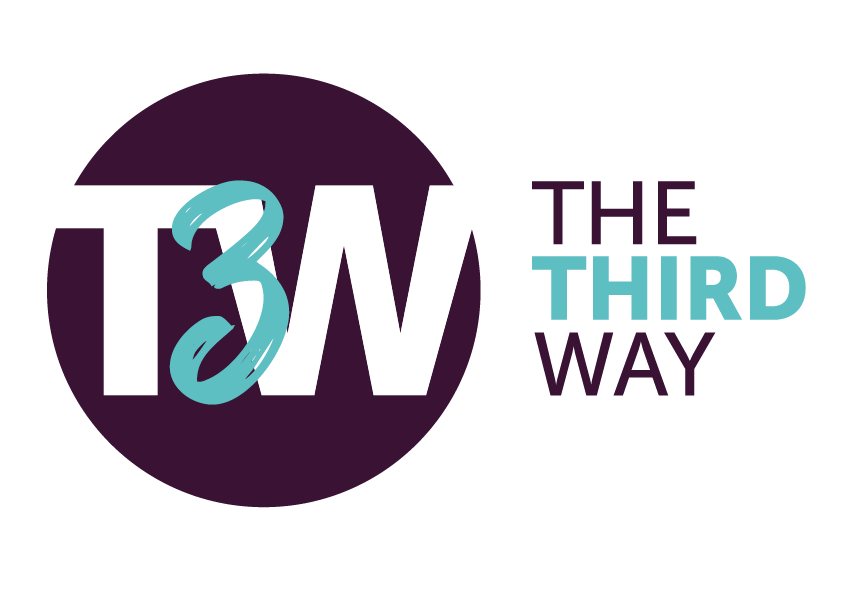The Power/Interest Grid
The power/interest grid is a matrix used for categorising stakeholders during a change project to allow them to be effectively managed. Stakeholders are plotted on the grid in relation to the power and interest they have in respect of the project. The grid categorises stakeholders into the following four groups:
What is a Power-Interest Grid?
A power-interest grid is a technique used to categorise stakeholders based on their power or influence and interest in a project. Before using the technique, you should identify all stakeholders involved in the project. You can identify stakeholders by looking at existing documentation, holding workshops, creating ‘as is’ business process maps and generally talking to people within the business.
Why Use a Power-Interest Grid?
Categorising stakeholders in this way can allow you to develop strategies to manage all stakeholders effectively. You may use your categorisation to create a stakeholder communication plan. Stakeholders with high power and high interest will want to be engaged with regularly, whereas stakeholders with low power and low interest do not require regular and detailed communication (however, this does not necessarily mean that they should be ignored!).
How Do You Use a Power-Interest Grid
You should create a grid or use a template. It is important to place the stakeholder where they actually are and not where they (or you) would like them to be. Once you have placed the stakeholder within the grid, you can look at which category they fall under and manage the stakeholder accordingly.
The complexity of the project will determine the detail to which you fill in the grid. For example, you might want to use more than the four positions shown below. For many projects, however, it is sufficient to consider the four categories below: Keep Informed, Maintain Interest, Actively Consult and Regularly Engage.

Identify Stakeholder Allegiance
The purpose of the Power-Interest Grid is to decide the extent to which each stakeholder (or stakeholder group) supports or opposes your organisation. The list below identifies both the possible allegiances and how to manage the stakeholders that fit into each category.
Promoters (High Interest and High Power)
This is the only group promoting and driving your organisation and its activities.
Maintain active communications and keep regularly involved.
Followers (High Interest and Low Power)
These have a low understanding of your organisation, its aims and objectives but they are interested.
Increase their understanding for future benefit so keep them informed and positive
Indifferents (Low Interest and High Power)
These are individuals or groups yet to take a definitive position on your organisation.
Identify the gaps in their knowledge and seek to keep them informed.
Blockers and Apathetics (Low Interest and Low Power)
These are resistant to your organisation or its aims. This is because they have a poor understanding of your purpose. This can be changed by proactive communication, meeting with them and explaining what you do.


